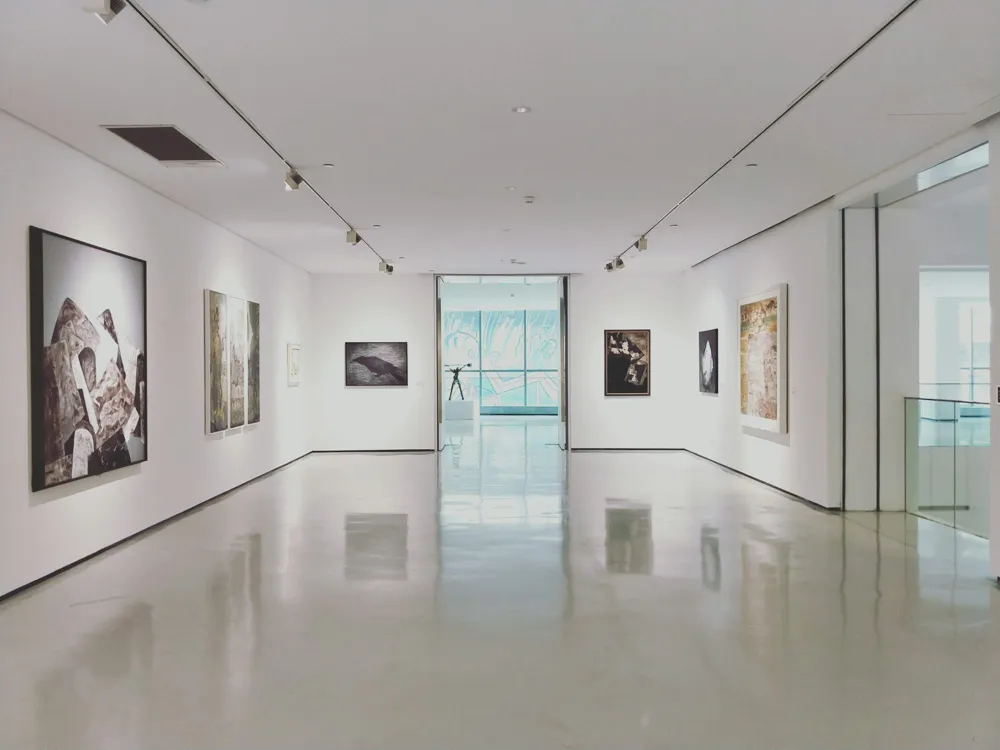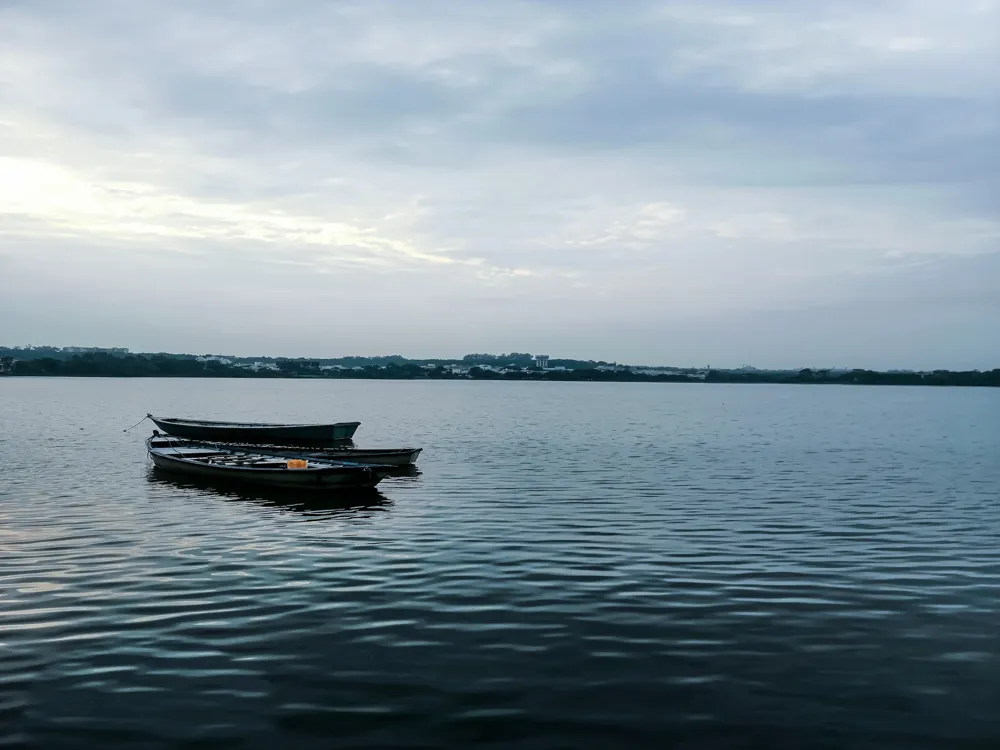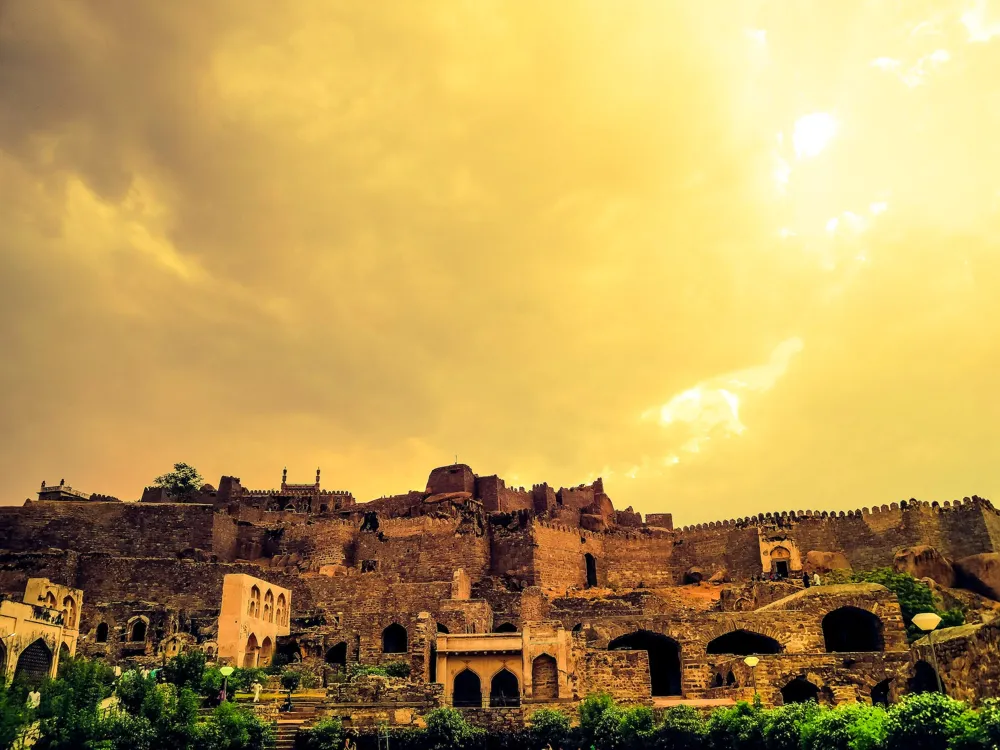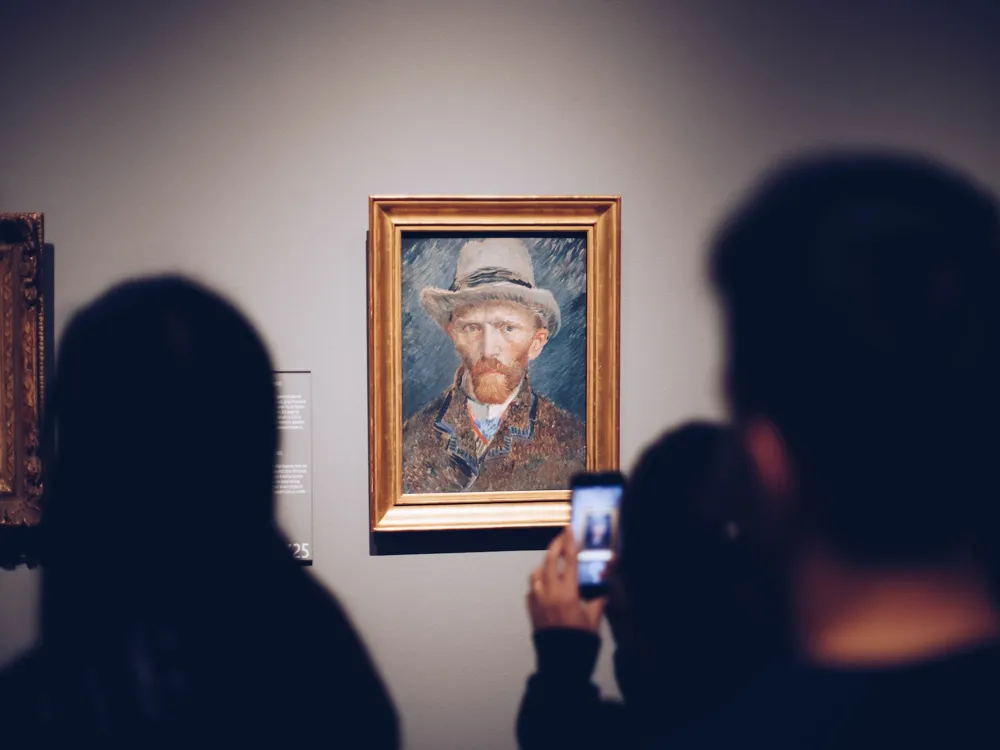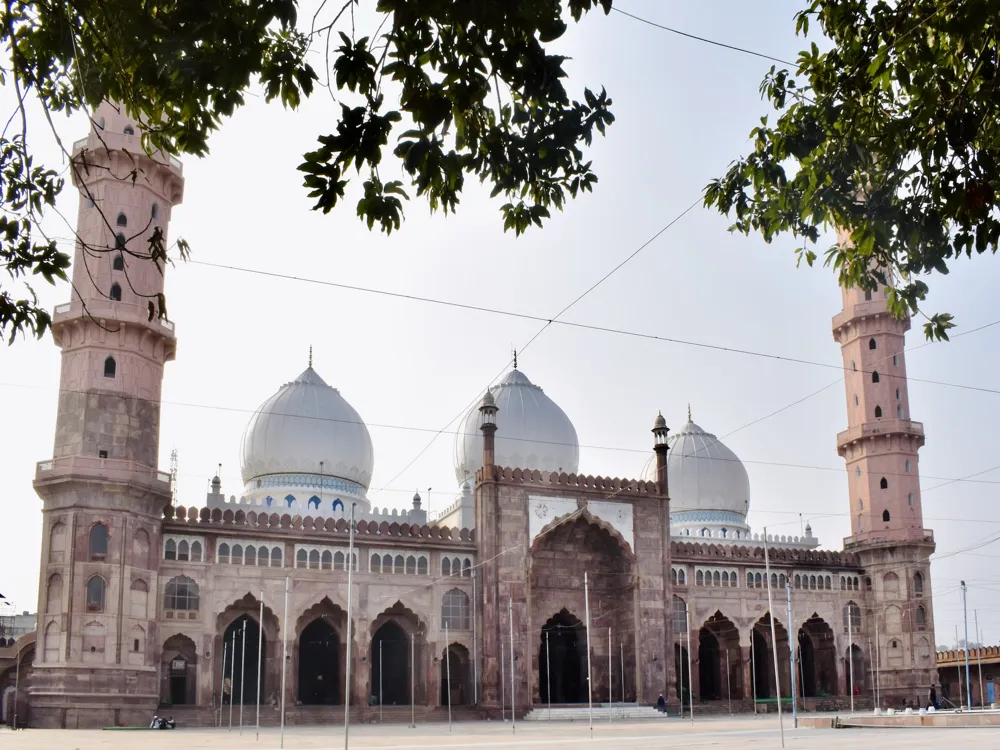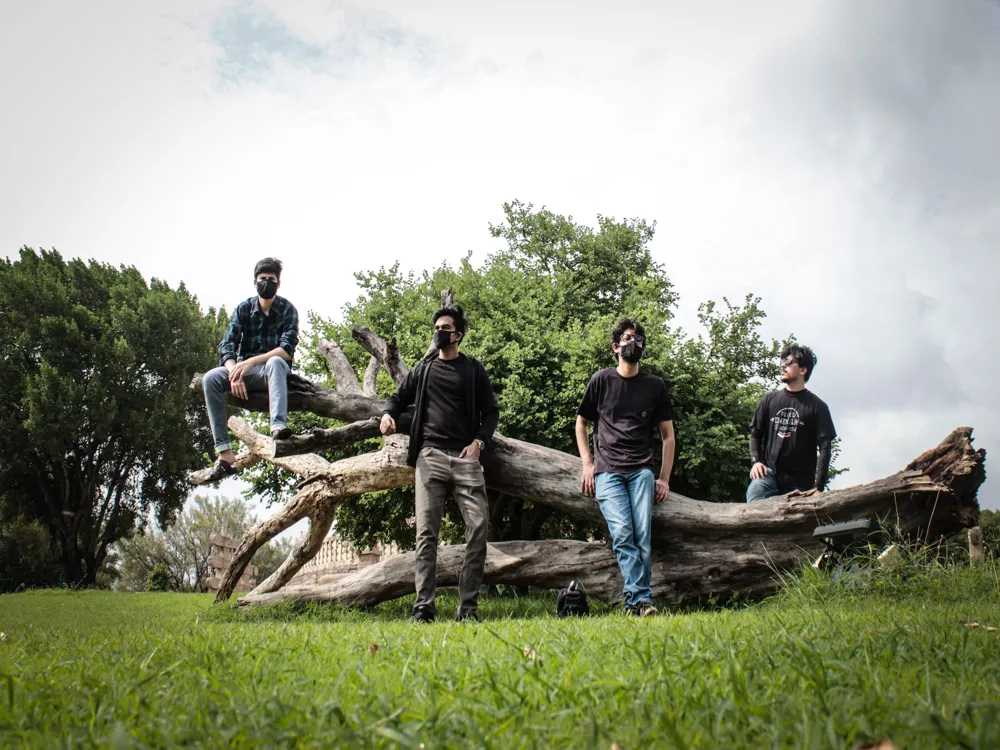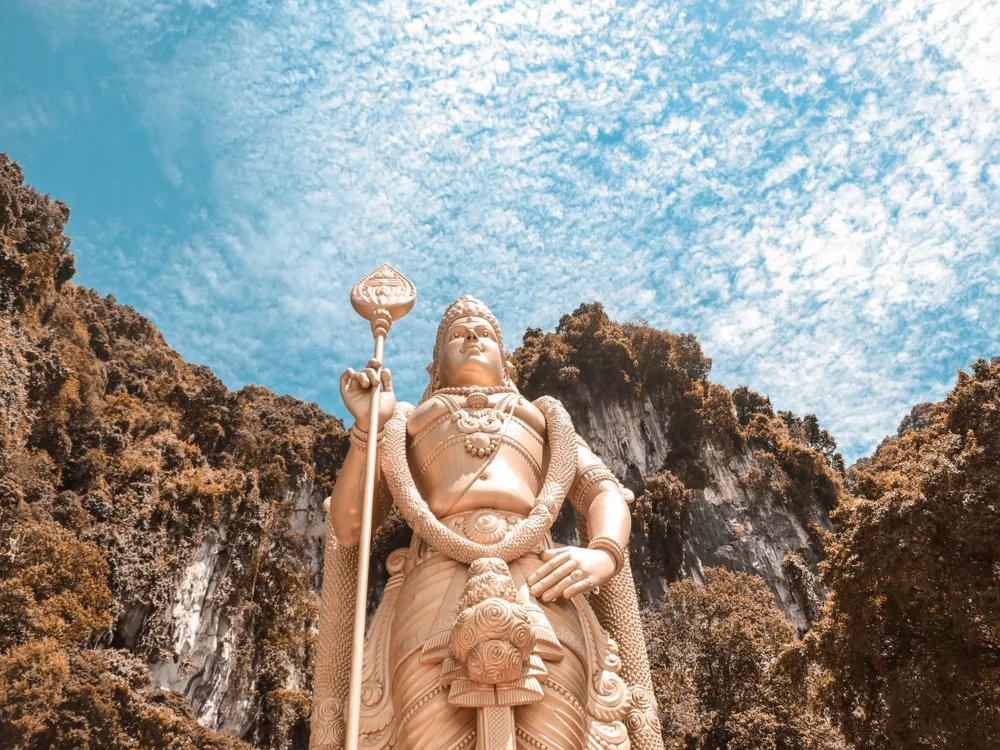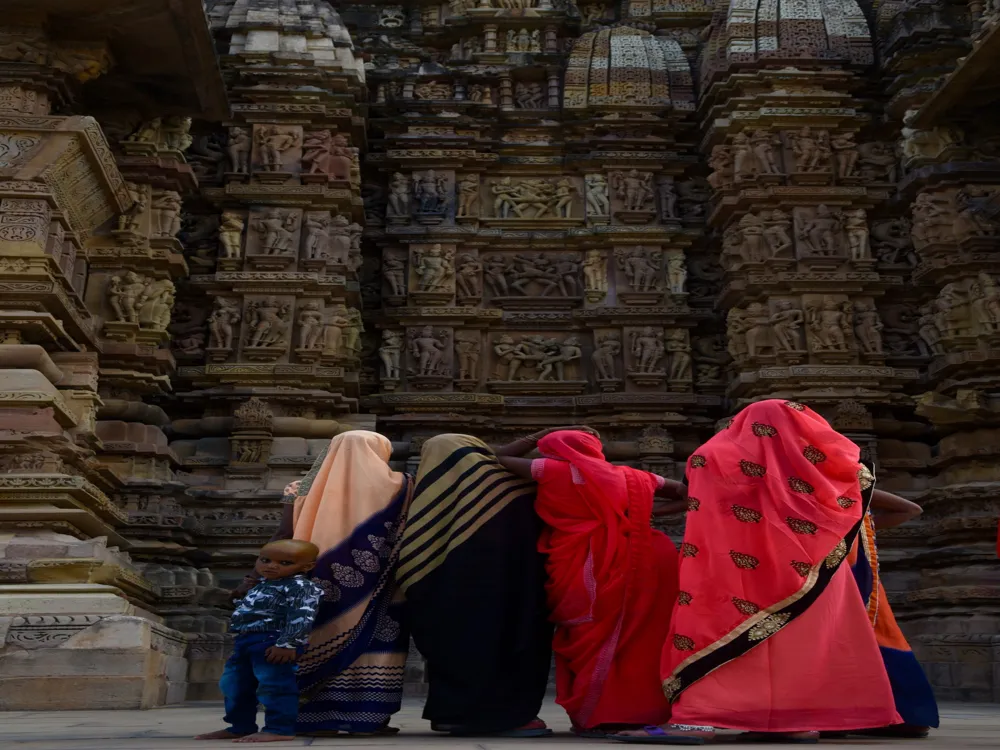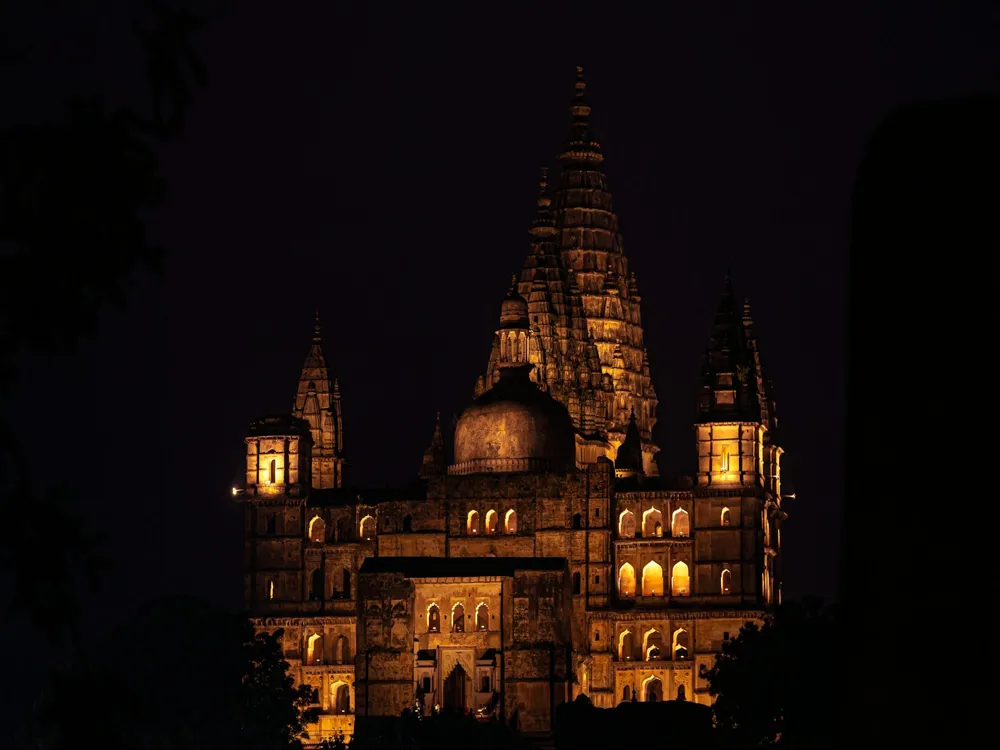The Indira Gandhi Rashtriya Manav Sangrahalaya (IGRMS), nestled in Bhopal, Madhya Pradesh, is a beacon of cultural heritage and anthropological richness. This unique museum, spread over an expansive 200-acre site, is dedicated to presenting an integrated story of humankind in its ecological, historical, and philosophical context. The IGRMS is not just a repository of artifacts but a living institution that engages in a dynamic and continuous process of exploring and understanding the diverse ways in which humans have interacted with their environment. The museum's approach to portraying human evolution and culture is distinct. Unlike traditional museums that often display artifacts in isolation, the IGRMS offers an immersive experience where visitors can witness life-size dwellings and reconstructions of tribal habitats from different parts of India. This approach provides a window into the varied lifestyles, rituals, and artistic expressions of India's indigenous communities. The IGRMS also plays a pivotal role in preserving these cultures, offering a platform for tribal artisans to showcase their skills and for scholars to conduct in-depth research. One of the museum's highlights is its open-air exhibition, showcasing authentic replicas of traditional Indian dwellings. These structures, built by tribal artisans using traditional techniques and materials, offer a glimpse into the architectural diversity and ingenuity of India's tribal communities. The museum also hosts a range of thematic exhibitions, workshops, and cultural performances, making it a vibrant center of learning and cultural exchange. The architecture of IGRMS in Bhopal is a testament to the harmonious blend of traditional and modern design principles. The museum's layout and buildings are thoughtfully designed to complement the natural landscape, with minimal disturbance to the existing topography and vegetation. The use of local materials and construction techniques not only resonates with the museum's ethos of celebrating indigenous cultures but also exemplifies sustainable architectural practices. At the heart of the museum's architectural philosophy is the concept of 'open-air exhibit.' This idea is beautifully executed through the replication of various tribal habitats that are spread across the museum's grounds. Each habitat, be it a Bhil hut from the western plains or a Naga bamboo house from the northeastern hills, is an architectural marvel in itself, offering insights into the ingenious building methods adapted to different climatic and geographical conditions. The museum's indoor galleries are equally impressive. The design of these structures is modern, yet they seamlessly integrate with the landscape and the outdoor exhibits. Large windows and open spaces ensure that the indoor exhibits are bathed in natural light, creating an environment that is both inviting and reflective. The use of local stone, wood, and other materials in the construction of these buildings further reinforces the museum's commitment to sustainability and cultural authenticity. Before visiting IGRMS, it's advisable to check the museum's website for the latest information on timings, ticket prices, and any special events or exhibitions. Planning your visit in advance will help you make the most of your time at the museum. Consider taking a guided tour for a more enriching experience. The museum offers guided tours that provide deeper insights into the exhibits and the stories behind them. As the museum spans a large area with many outdoor exhibits, it's recommended to wear comfortable clothing and shoes suitable for walking. Photography is usually allowed in the museum, but it's best to check for any restrictions, especially for special exhibits or indoor galleries. Participate in the interactive sessions and workshops if available. These sessions can provide a hands-on experience of tribal arts and crafts. IGRMS is located in Bhopal, the capital city of Madhya Pradesh, and is well-connected by various means of transportation. The museum is accessible by road and is close to major city landmarks. For those traveling by air, the Bhopal airport is the nearest, and from there, one can hire a taxi or take a bus to the museum. For visitors coming by train, Bhopal Railway Station is well-connected to major cities across India, and taxis or buses can be taken from the station to the museum. Local transportation within Bhopal, including buses and auto-rickshaws, also provides easy access to the museum. Read More:Overview of Indira Gandhi Rashtriya Manav Sangrahalaya, Bhopal
Architecture of Indira Gandhi Rashtriya Manav Sangrahalaya
Tips When Visiting Indira Gandhi Rashtriya Manav Sangrahalaya
Plan Your Visit
Guided Tours
Wear Comfortable Clothing
Photography
Interactive Sessions
How to Reach Indira Gandhi Rashtriya Manav Sangrahalaya
Indira Gandhi Rashtriya Manav Sangrahalaya
Bhopal
Madhya Pradesh
NaN onwards
View bhopal Packages
Weather :
Label : Must Visit
Tags : Museum
Timings : 10:00 AM - 5:30 PM
Time Required : 1-2 Hrs
Entry Fee : INR 50 per head
Camera: INR 100
Planning a Trip? Ask Your Question
Also Refered As:
National Museum of Humankind, IGRMS
Bhopal Travel Packages
View All Packages For Bhopal
Top Hotel Collections for Bhopal

Private Pool

Luxury Hotels

5-Star Hotels

Pet Friendly
Top Hotels Near Bhopal
Other Top Ranking Places In Bhopal
View All Places To Visit In bhopal
View bhopal Packages
Weather :
Label : Must Visit
Tags : Museum
Timings : 10:00 AM - 5:30 PM
Time Required : 1-2 Hrs
Entry Fee : INR 50 per head
Camera: INR 100
Planning a Trip? Ask Your Question
Also Refered As:
National Museum of Humankind, IGRMS
Bhopal Travel Packages
View All Packages For Bhopal
Top Hotel Collections for Bhopal

Private Pool

Luxury Hotels

5-Star Hotels

Pet Friendly







